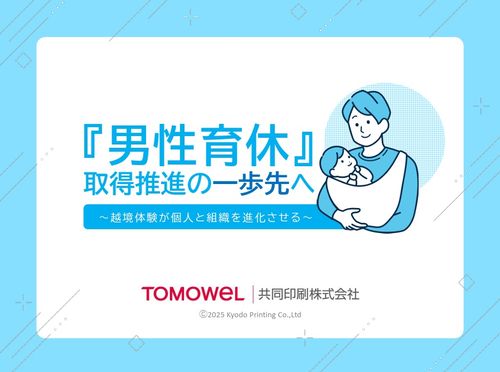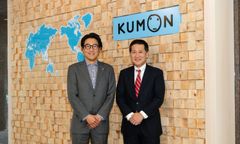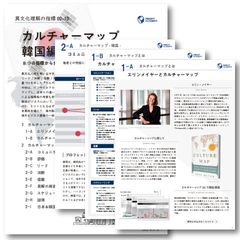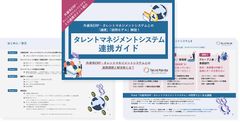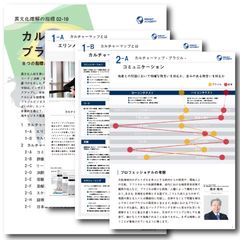With excitement and enthusiasm, I have spent my career working with globalizing Japanese companies. For the past ten years, as the President of Gramercy Engagement Group, I have had the fortune of presiding over various training events and global meetings. In these cases, I have acted as a bridge between the headquarter operations here in Japan and the employees of the overseas subsidiaries. In this column, I would like to share some ideas and advice for smoothly conducting such cross-border initiatives.
In this first Volume, I will write about overcoming the language barrier in global training programs.
In this first Volume, I will write about overcoming the language barrier in global training programs.

Volume 1: Language should not be a barrier for conducting global training
Recently, when I walk into corporate training facilities in Tokyo and across Japan, I regularly see the multi-national faces of Japanese men and women and their colleagues from the overseas subsidiaries. However, this was not always the case. Previously, developmental initiatives were completely separate: Japanese managers would receive training in Japanese only while their non-Japanese counterparts would be trained, if at all, in the absence of any Japanese participants. Nowadays, such 合同グローバル育成研修 has become more common.Even still, many companies fear that there is a high hurdle to jump over before they can plan for Japanese and non-Japanese participants to come together in one training program. I often hear the following concerns:
Hurdle 1:
“Well, it would be difficult for Japanese participants because they don’t speak English well enough.” Or,
Hurdle 2:
“We have different standards for Japan-based employees and overseas subsidiary employees, so we can’t really conduct training together.”
Are these valid arguments for NOT conducting development programs for both Japanese and non-Japanese employees together? Personally, I don’t think these are valid arguments. Rather, such arguments are put forth as roadblocks to positive change. The corporate HR Department needs to facilitate the necessary communication and collaboration among all employees within the group. Planning global training initiatives is a great contribution to the global growth of the company.
“English” should never be a barrier
Occasionally, when the participants are limited to members from Japan, China, Taiwan and/or Korea, Japanese language instruction is possible. However, to plan a training program with the widest breadth and diversity, the English language needs to be the de facto language of instruction.Given this inevitable fact of global business, HR Departments sometimes tend to delay such training initiatives until potential Japanese participants have raised up their English proficiency. I don’t think this is advisable. While such an approach may seem reasonable and logical, participation in an English language global training program itself is the means to raising up English language proficiency.
Secondly, while native English speakers do have a clear advantage in a global setting, I would argue that even native English speakers need to learn to speak English! I remember one training event in Japan where the Colombian was constantly joking with the Californian. He would say, “What are you saying? Slow down. Speak English so that everyone can understanding you, okay?”
In other words, native English speakers need to learn how to modify their speech patterns and word choice in order to communicate effectively with non-native English speakers. Furthermore, as communication throughout the training program will not always be smooth, global training programs provide all participants an opportunity to consider the causes of miscommunication and to learn how to adapt accordingly. It is not necessary for all participants to have native level fluency to participate actively in a training program. However, it is necessary for all participants- both non-native and native English speakers-- to learn how to speak “Global English.” Such lessons are important for anyone working in a Japanese company.
While the abovementioned is the basic stance I advise, here are three (3) simple steps that can be taken to ensure that all participants—especially those from Japan—can actively participate in a global training program.
1)Provide preparation assignments.
By basing discussion and analysis in the training sessions upon preparation assignments, all participants can have equal opportunity to prepare for the training day.
2)Create an environment where languages other than English can be spoken/ used.
While the primary language of instruction may be English, English is not the only language that participants should be able to speak. Encourage side conversations in languages other than English so that participants can support each other’s understanding.
3)Arrange for at least two participants who speak the same language as a native.
In order to create the environment mentioned above, ensure that there are at least two participants who speak the same language other than English.
With the abovementioned as a guide, I hope you can agree that it is possible to minimize the effects of language barriers in global training environments.
In the next Volume of this column, I will share more tips to ensure the success of a 合同グローバル育成研修.
【外国人&日本人合同グローバル育成研修及び会議のファシリテーションTIPS 日本在住15年、人気ファシリテーター、ブライアン・シャーマンが語る】の最新バックナンバー
- 第5回:グローバルトレーニングの一環としてのリーダーシップ育成 ~Volume 5: Leadership Development as an element of Global Training(2019.03.25)
- 第4回:企業理念の浸透を図る~Volume 4: Disseminating the Corporate Philosophy of your Company(2019.03.11)
- 第3回:人事主導の研修における、キャリア開発の在り方~Volume 3: Career development as an element of an HR sponsored training~(2019.02.18)
会員登録(無料)でブックマークや会員限定の記事をはじめ
資料請求やセミナー申込み等の会員限定コンテンツが無料で利用できます。
HRプロ会員の方はこちらからログインしてください。






